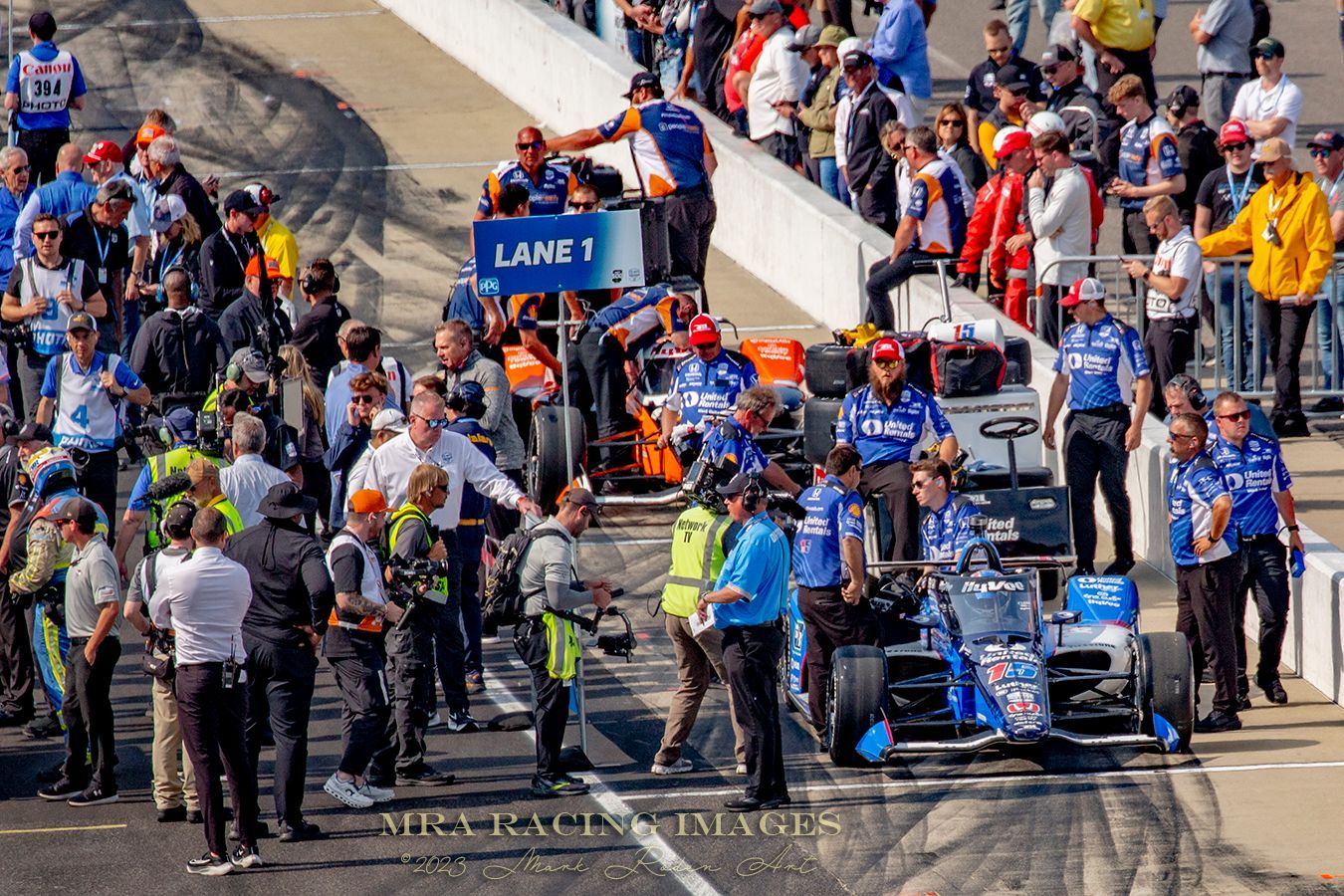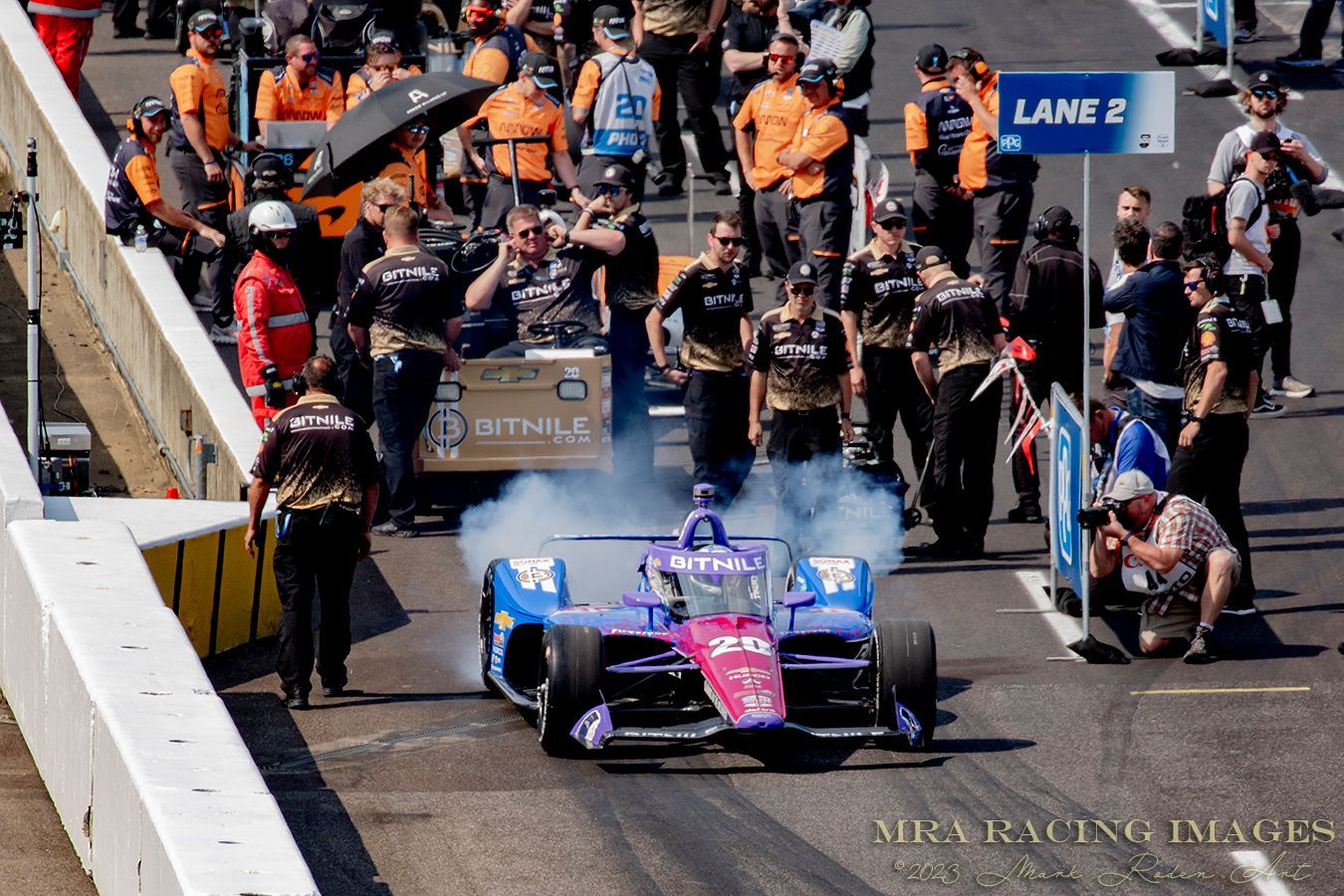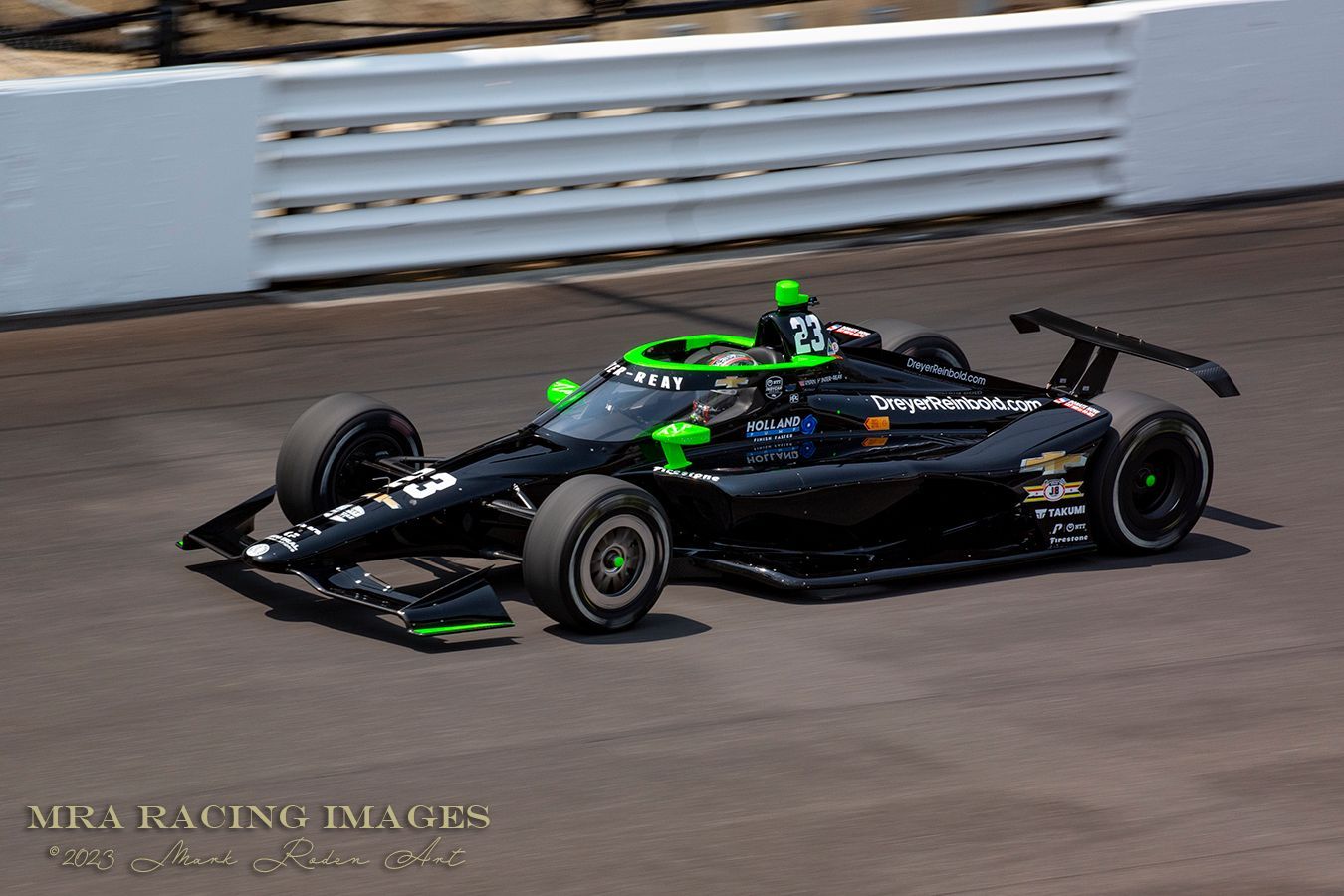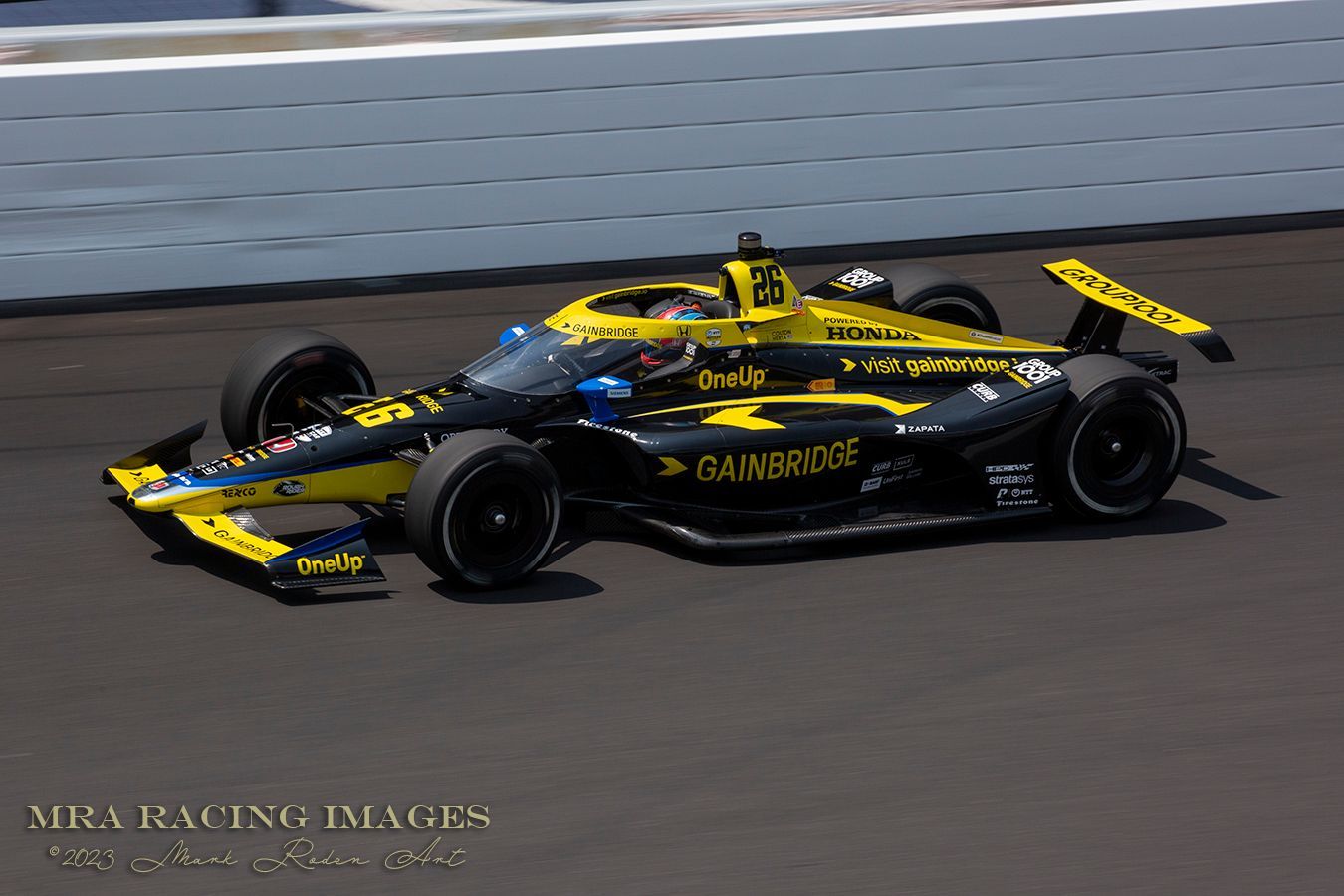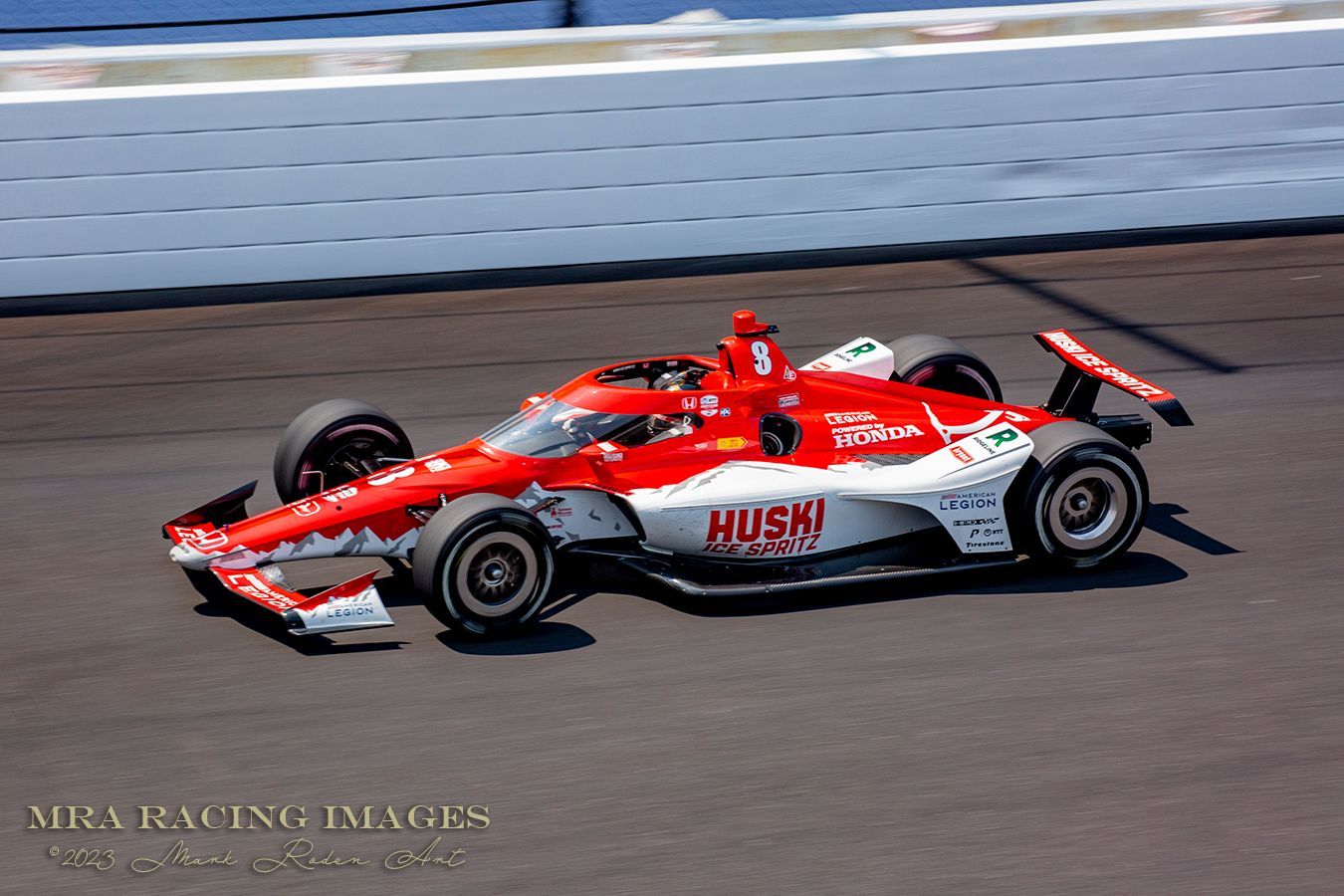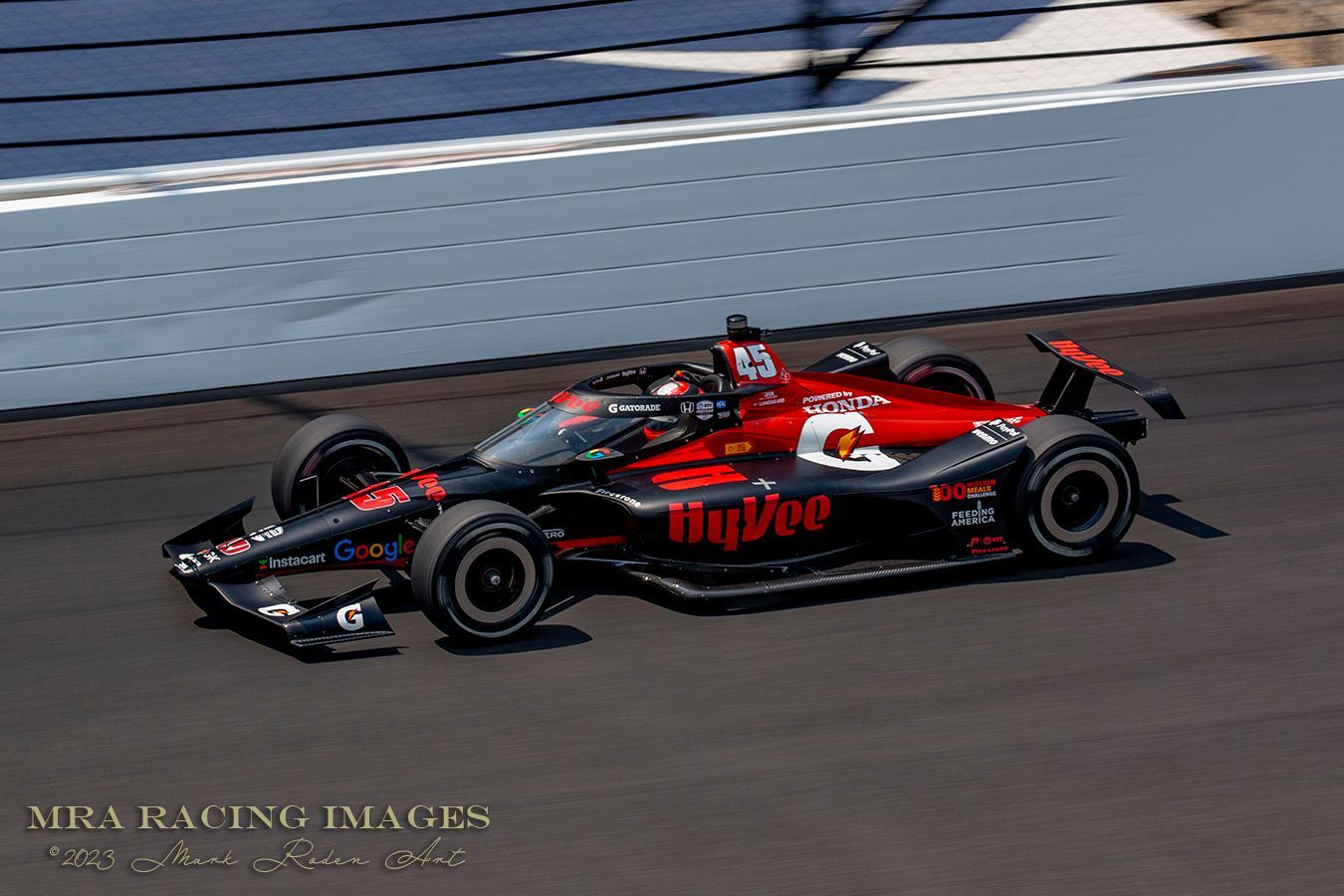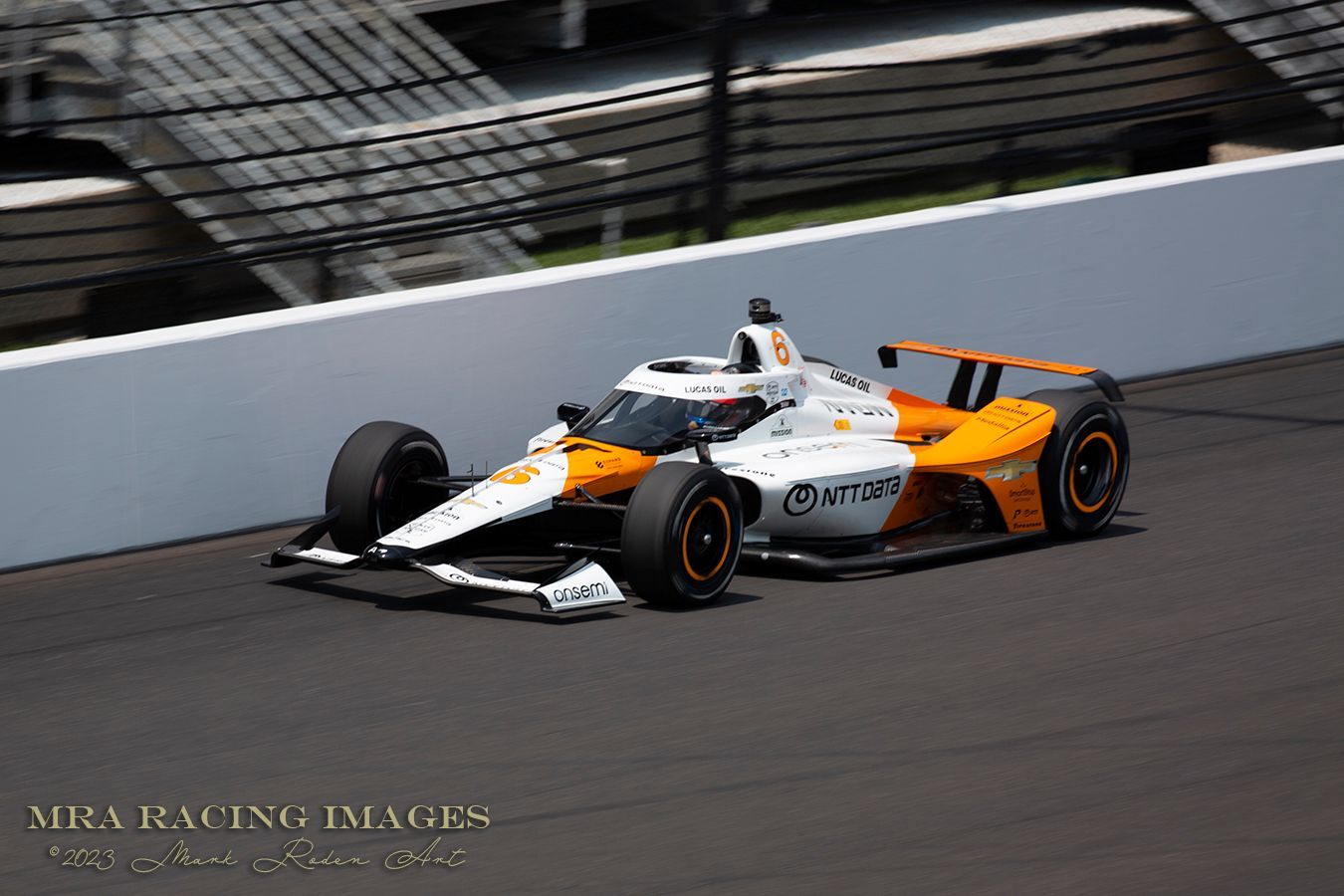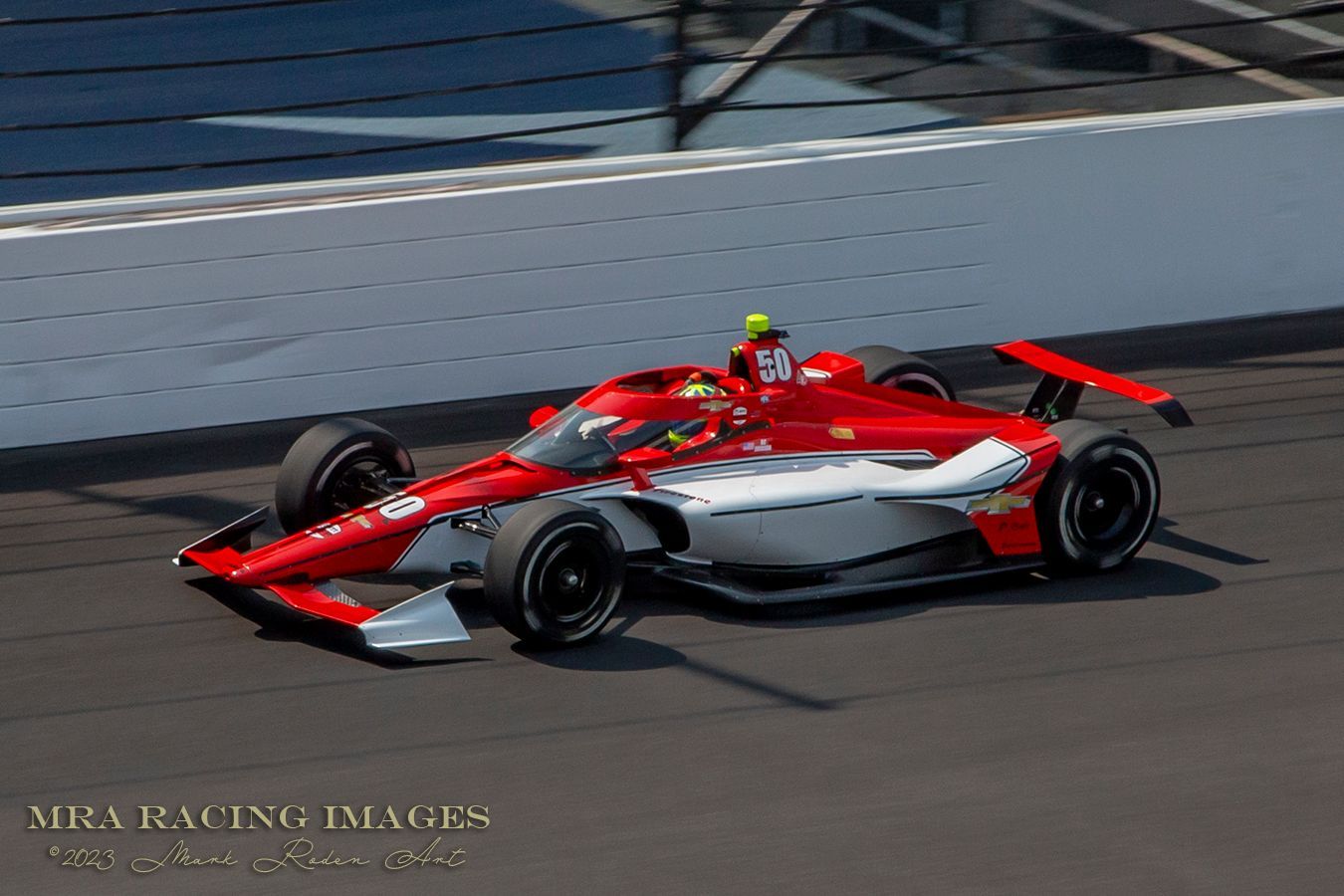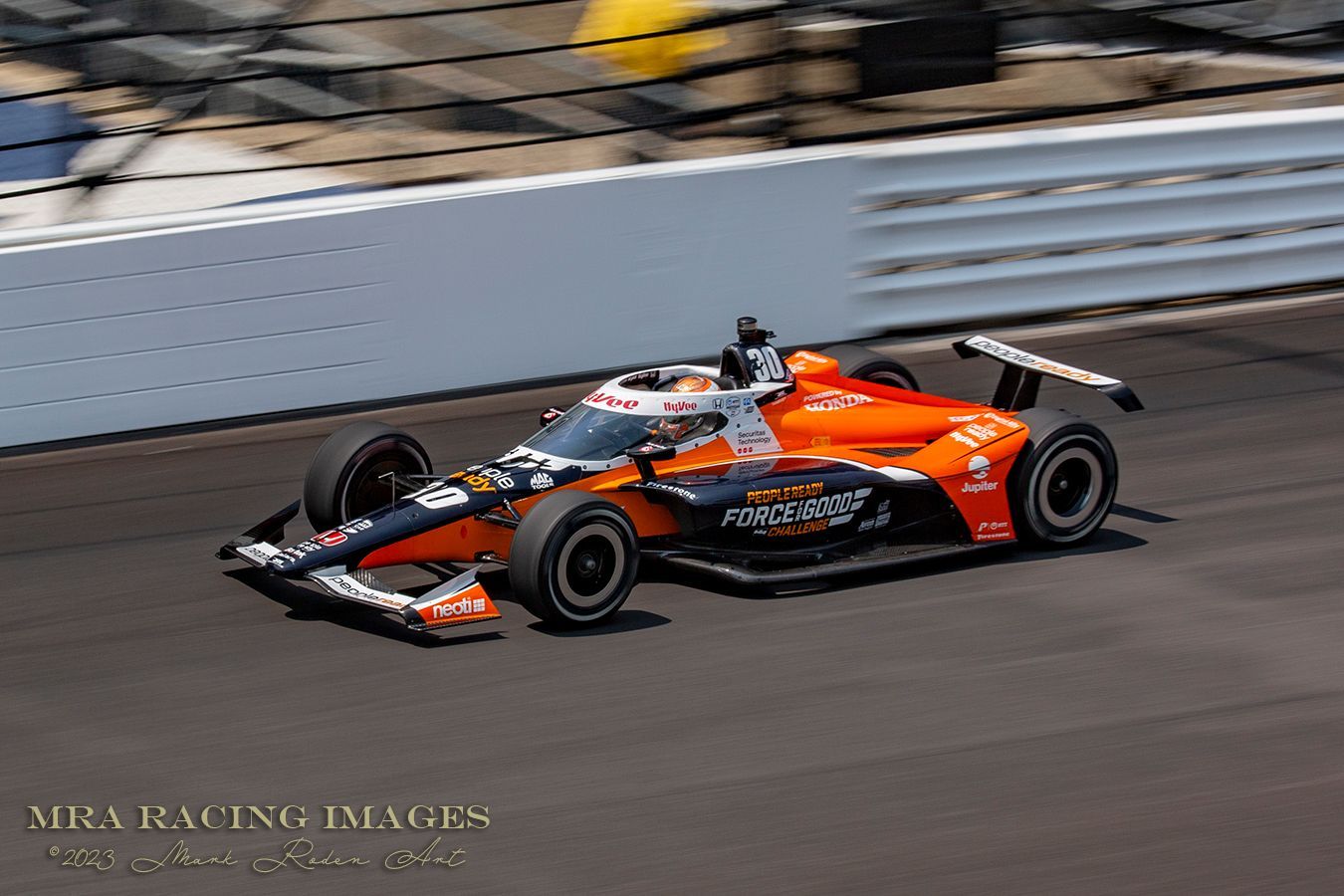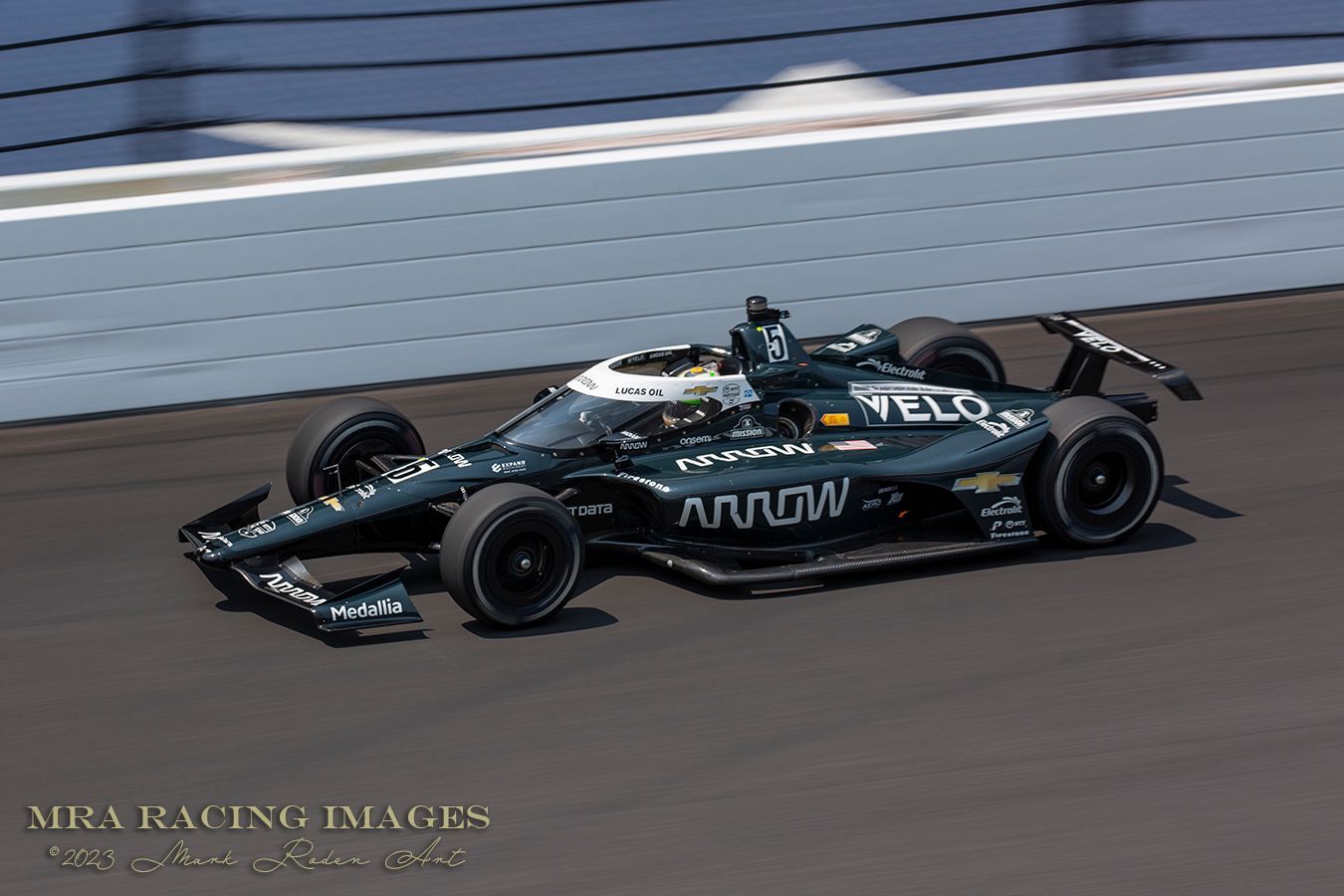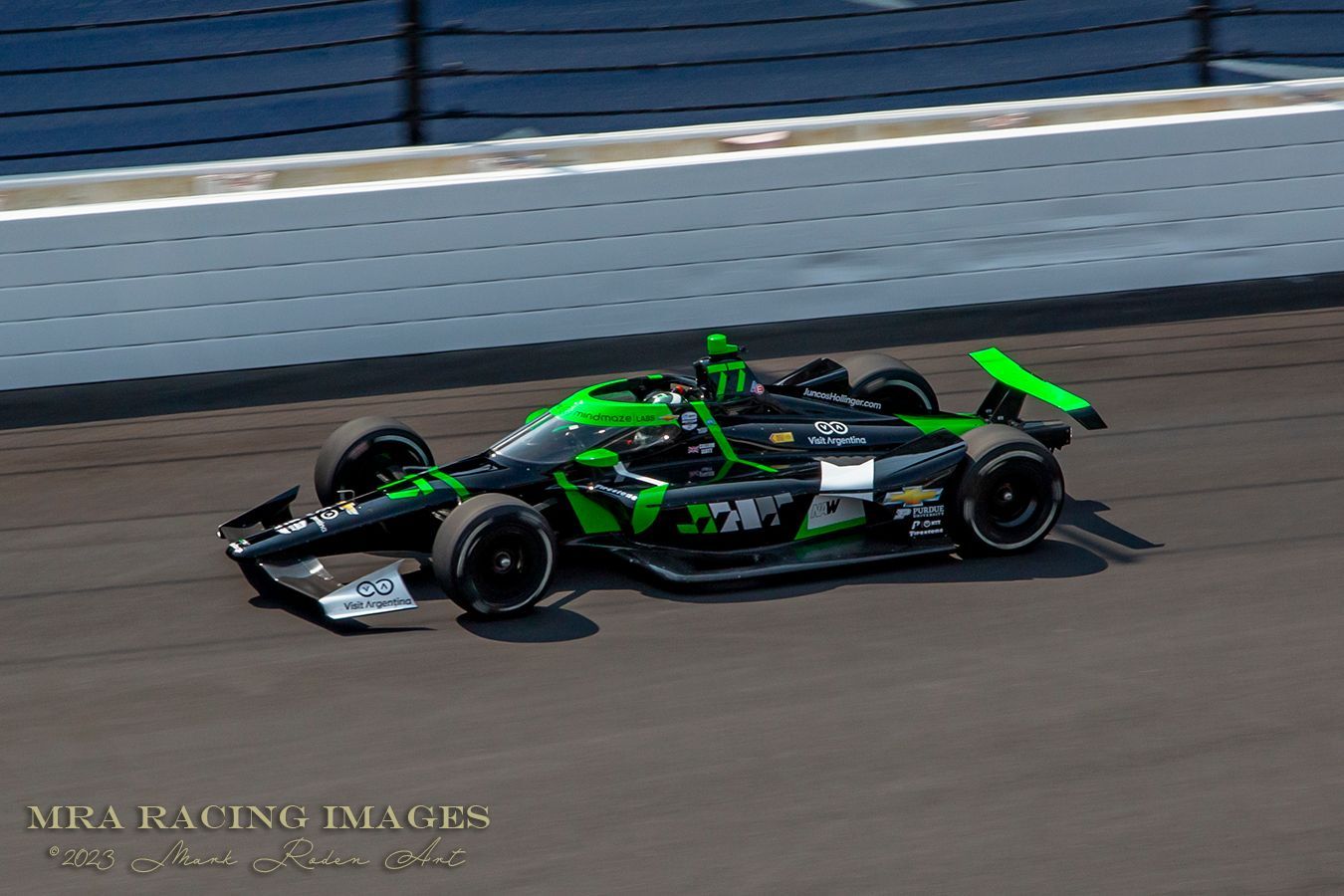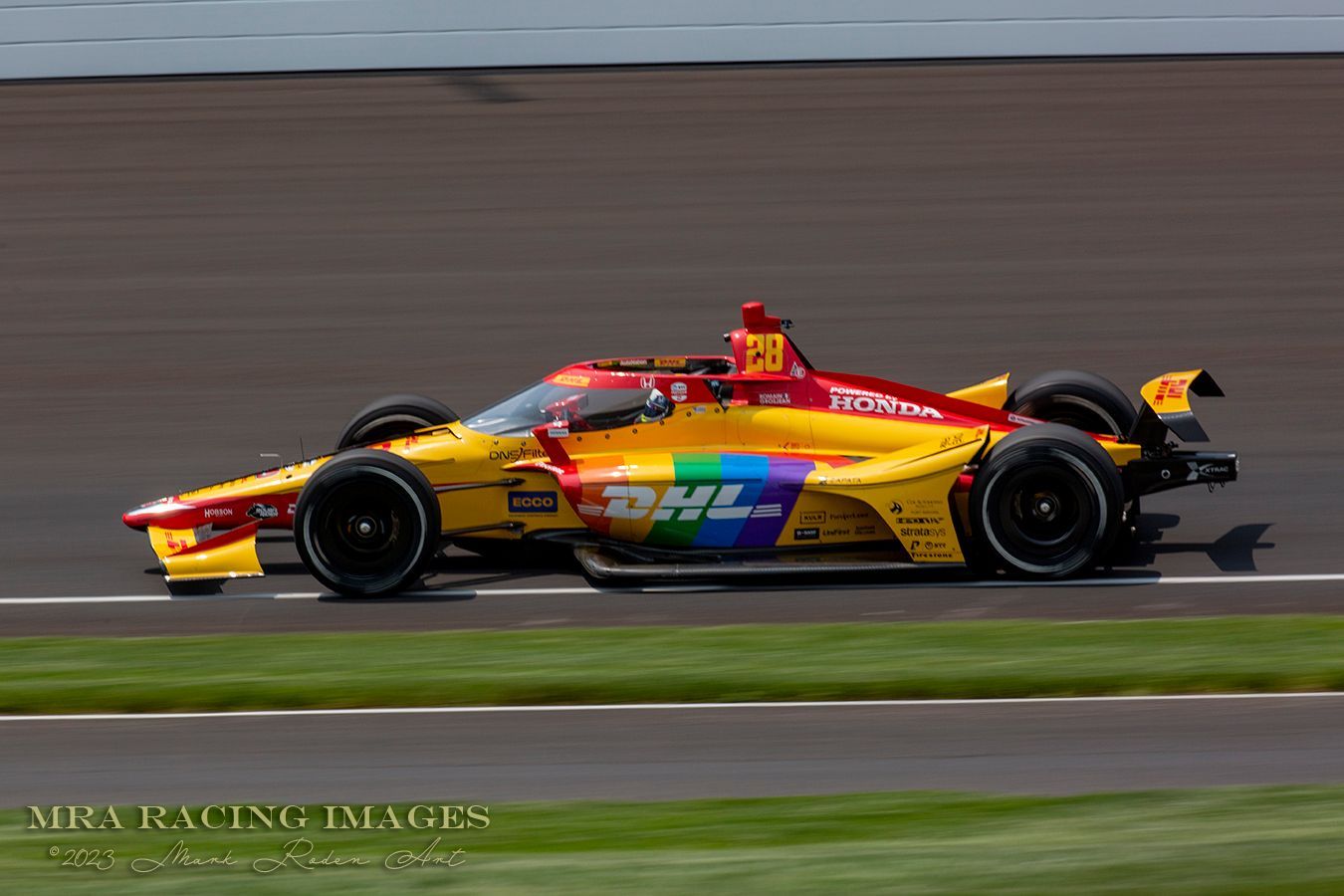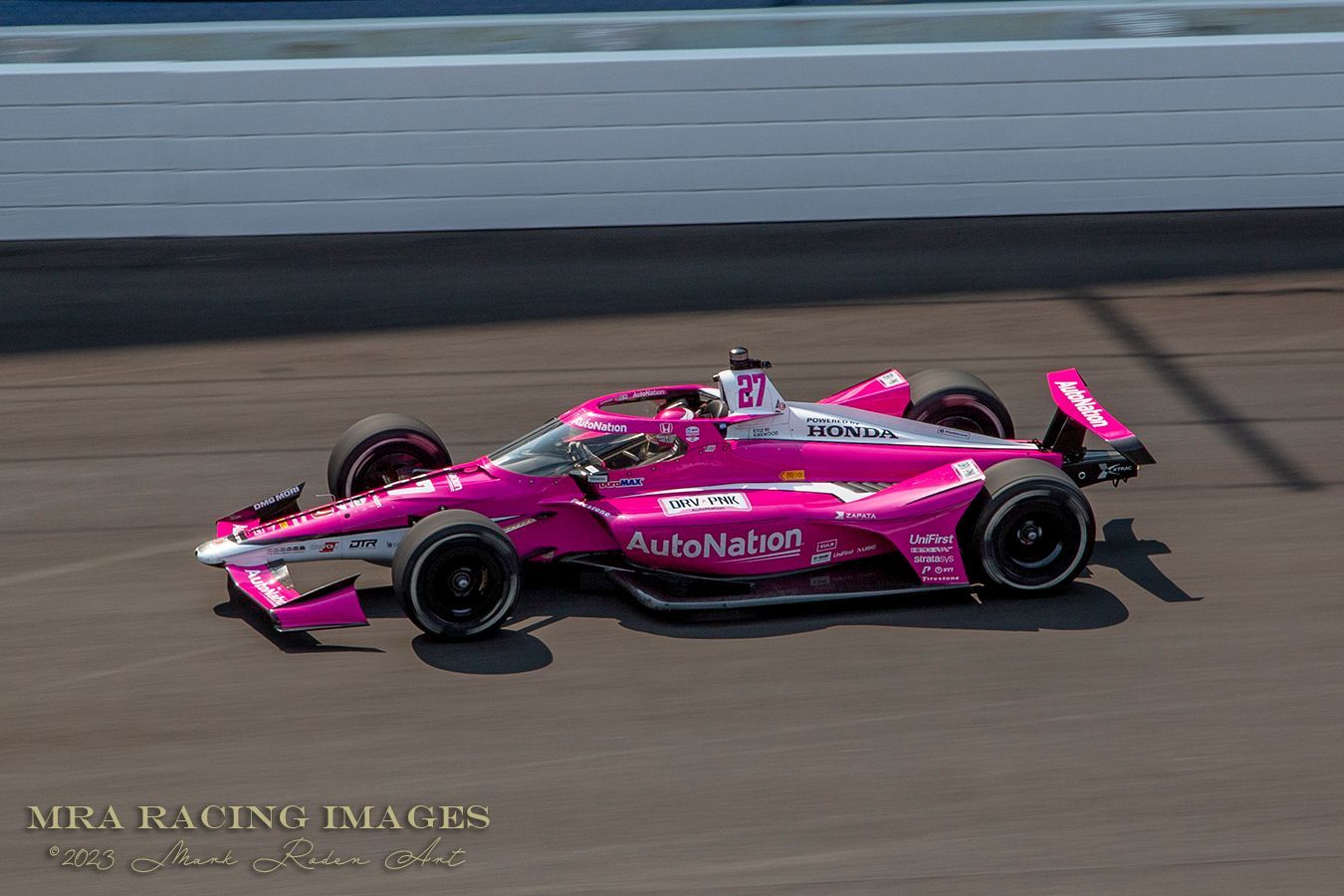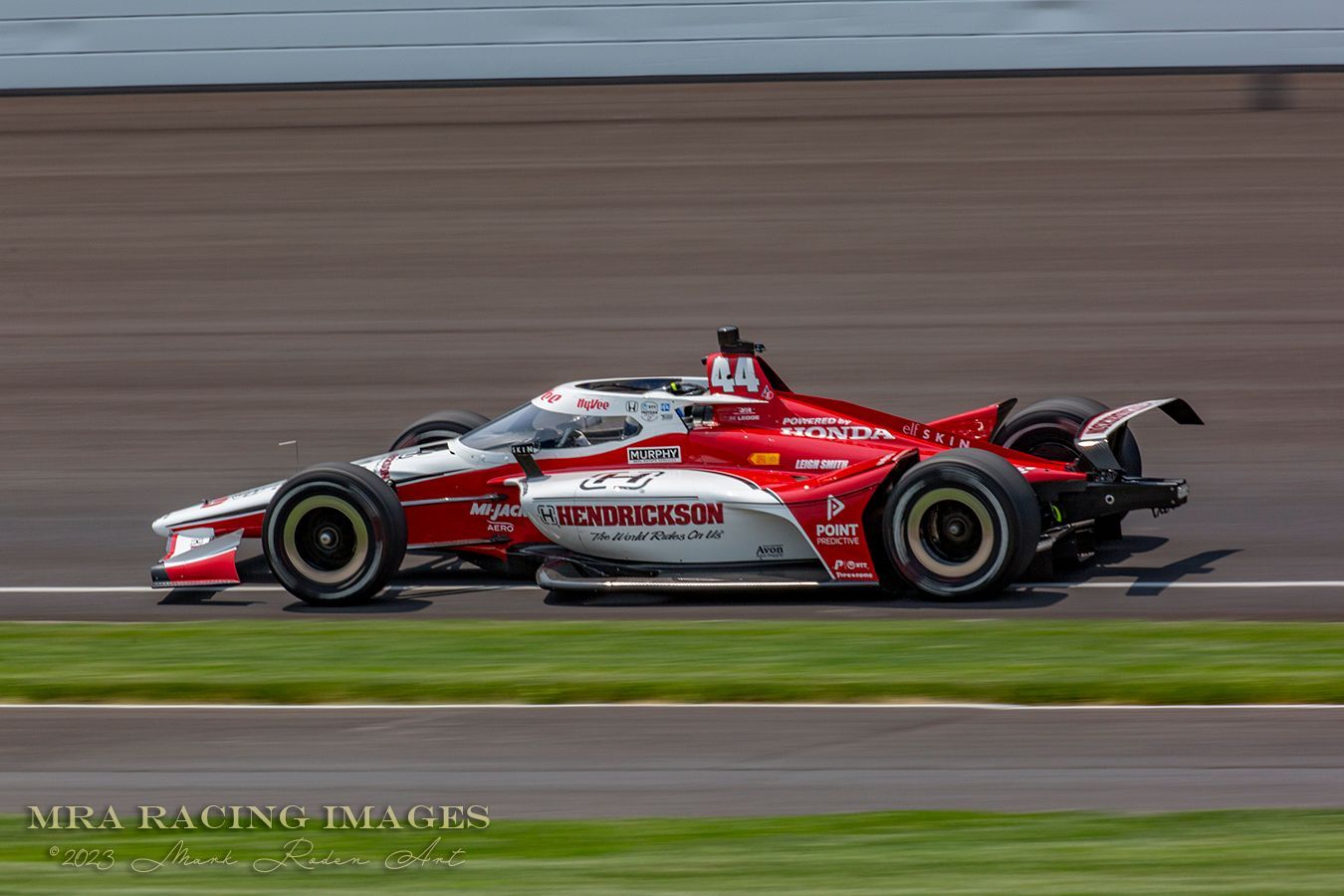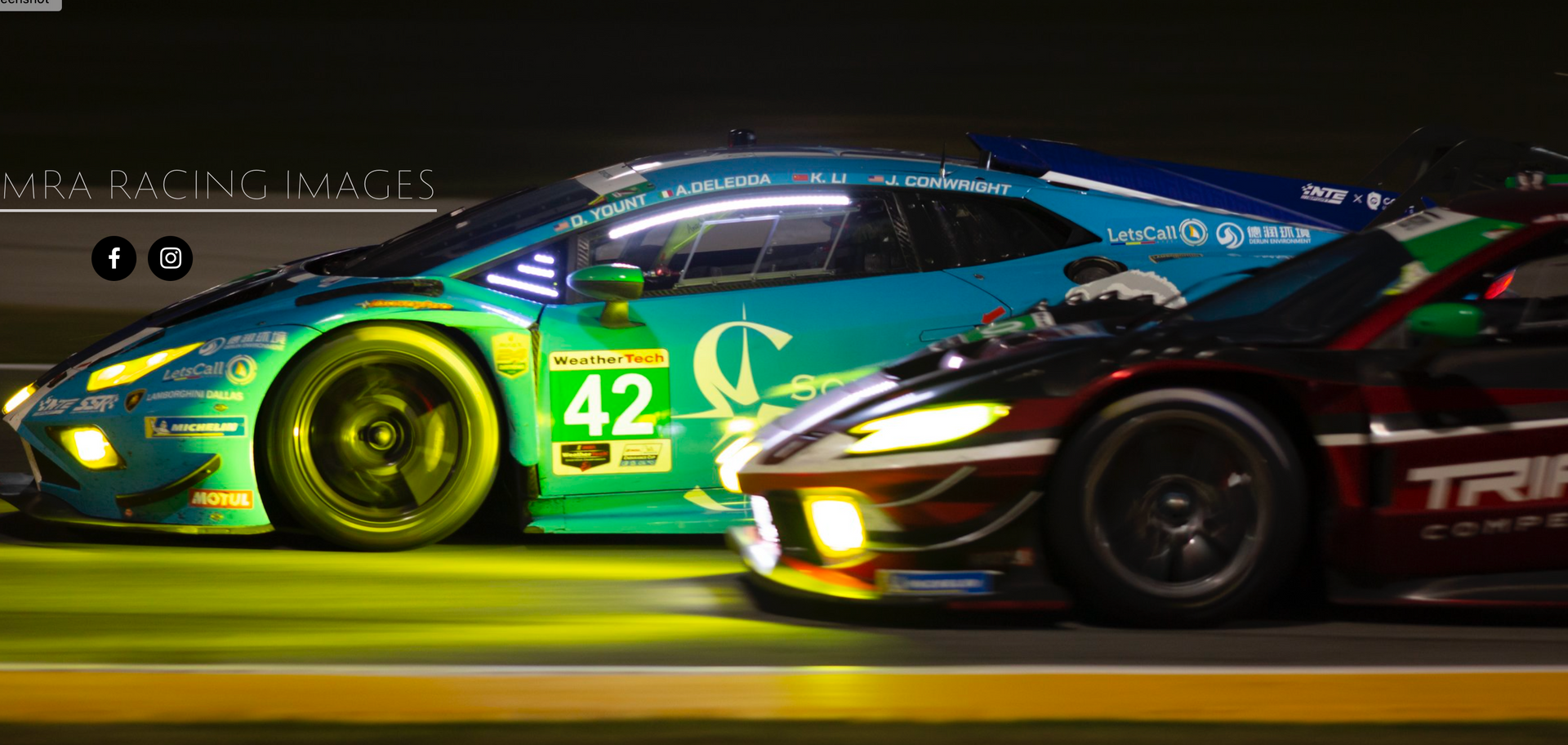Special Report: Indianapolis 500 Qualifying Procedure and the 2023 Draw
Report by Mark Roden Image Editing Assistance by Joana Esteves of JoMar Visions
How the Indianapolis 500 qualifying works.
In short, qualifying is how race officials determine the starting grid before the race. Different races and governing bodies use various procedures to get this done, and for the Indianapolis 500 it is a two-day process which has changed several times over the years.

During day one qualifying, spots 13-30 are locked into the starting grid.
- Every car is guaranteed one attempt at qualifying. The order in which the cars line up for the first pass is determined by a qualifying draw held the night before behind the pagoda tower.
- Each car is guaranteed a spot in line based on the draw, but this is not to say that every car must go during the first line-up; in fact, two drivers--Scott McLaughlin and Joseph Newgarden—elected not to take their guaranteed pass during the line-up and waited to take it later.
- Once everyone who has elected to take their first pass has done so, two lanes will be formed: the priority lane (Lane 1) and the secondary lane ( Lane 2).
- Lane 1, Priority Lane: for teams who wish to qualify immediately. By lining up in this lane, the car will go to the head of the line. In exchange for immediacy, they must abandon any previously accepted attempt, which could put their standing on the grid at risk.
- Lane 2, Second Lane: the car will line up at the end of the line. A car in this line waits for all of those ahead of them, as well as any cars in the priority lane, even if they line up after them.
Depending on how many cars are in the lane at any given time, how many teams show up suddenly in priority (or switch lanes), and other things such as time of day and the weather (pronounced: “heat”), strategy can make a big difference on how the qualifying run will go.
Indianapolis 500 Day 1 Qualifying Schedule:
- 8:30AM, one hour practice session, split up into two groups of 30 minutes each.
- 11:00AM, qualifying begins with the initial first pass runs.
- After all first passes, subsequent runs continue through the day to 5:50PM.
- Only the first 30 positions will qualify, and only positions 13-30 are set.
Indianapolis 500 Day 2 Qualifying Schedule:
- 11:30AM, one hour practice session for top 12.
- 12:30PM, one hour practice, last chance qualifiers.
- 2:00PM, one hour qualifying window, top 12 group.
- 4:00PM, one hour qualifying window, last chance group.
- 5:15PM, 30-minute qualifying window, “Firestone Fast Six” to set top 6 positions and pole.
One slight difference this year is the order in which things are run on day 2. With so few cars now on the tarmac, things start to move quickly. An issue that came up last year was engine cool-down. This year, the top 12 qualifying and fast six qualifying sessions were separated by the last chance qualifying set up to lock in the last 3 positions. That gave the top end driver’s cars a chance to cool down in between runs.
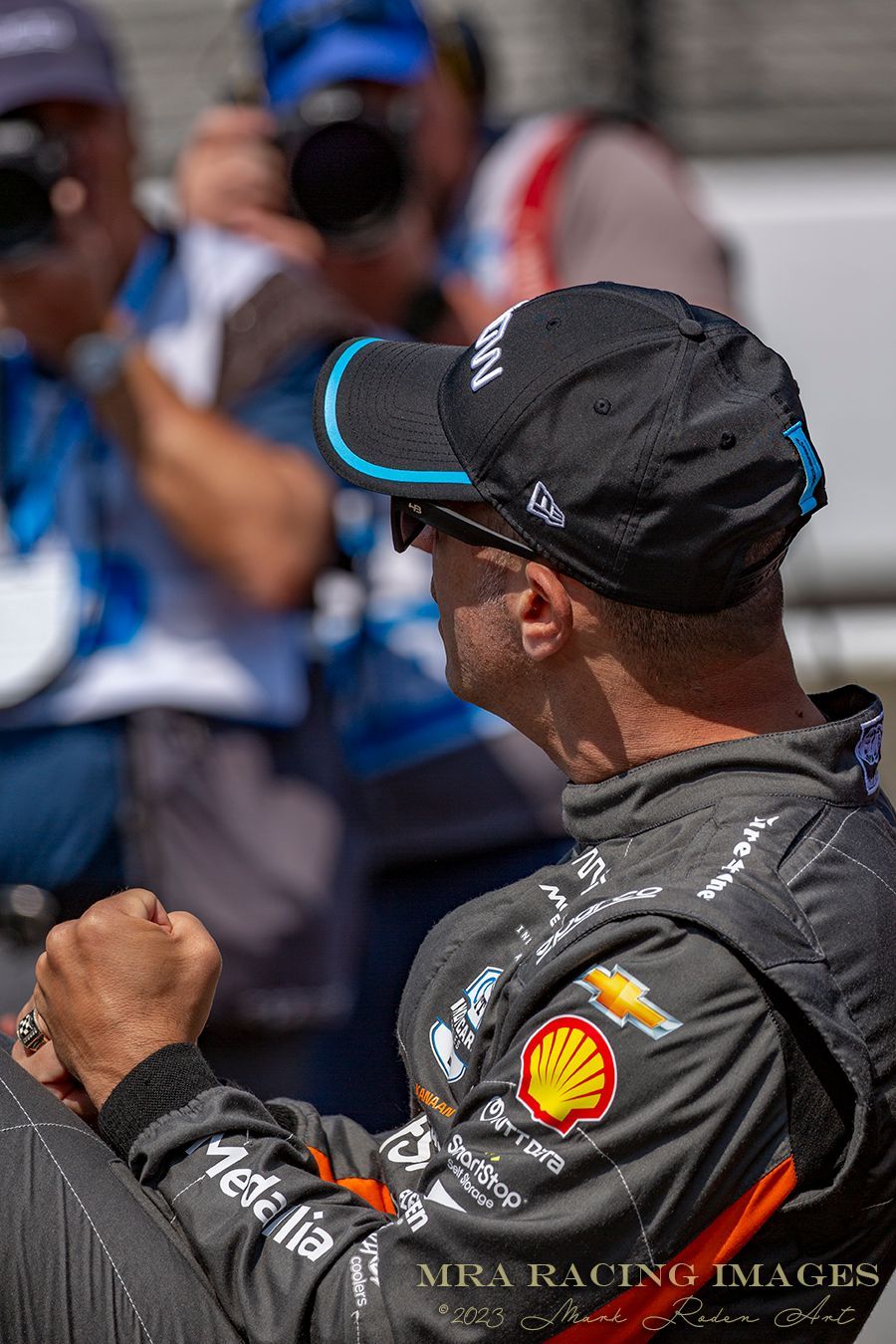
Qualification draw, 6:15PM, in the plaza behind the tower.
Each team’s representative drew for position to determine the initial qualifying order for Saturday morning. Based on the Friday evening draw, here is the order of qualifying for Saturday’s Q1:
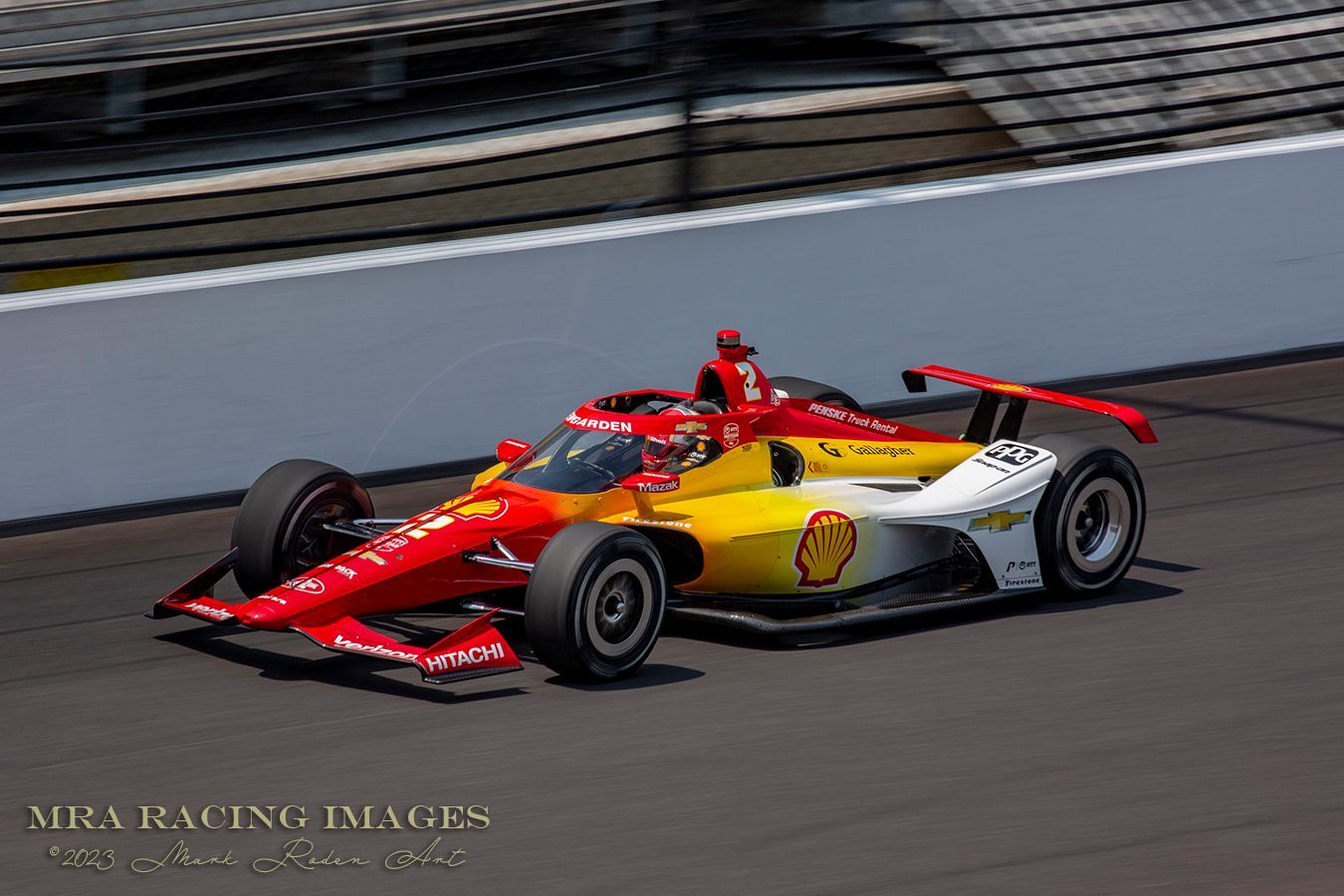
34. Josef Newgarden
MRA Racing Images
My next trackside report will be 2023 Indianapolis 500 Qualifying and Race Day and will feature my own photography as well as that of some new US team members, Mark Robertson and Don Culver.
You can see extended portfolios from this and my past reports at my new website MRA Racing Images.
All images ©2023 MRA Racing Images (except as noted)
You can share this report with your friends on Social Media using these links.

